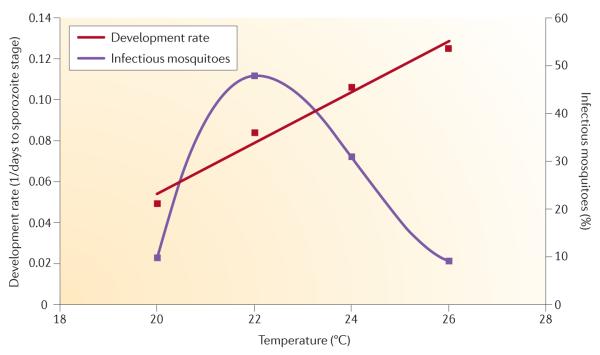Figure 2. Changes in ambient temperature differentially affect two parasite traits.
The proportion of infectious mosquitoes (that is, the proportion with sporozoites in their salivary glands) can be used as a measurement of parasite survival, and parasite development rate is measured as the reciprocal of the number of days taken to reach the sporozoite stage. Although parasites develop to the sporozoite stage at faster rates with increasing ambient temperature, the proportion of infectious mosquitoes sharply declines as the ambient temperature rises above 22 °C. The data shown are for Plasmodium yoelii infecting Anopheles stephensi. Figure is modified from REF. 53.

